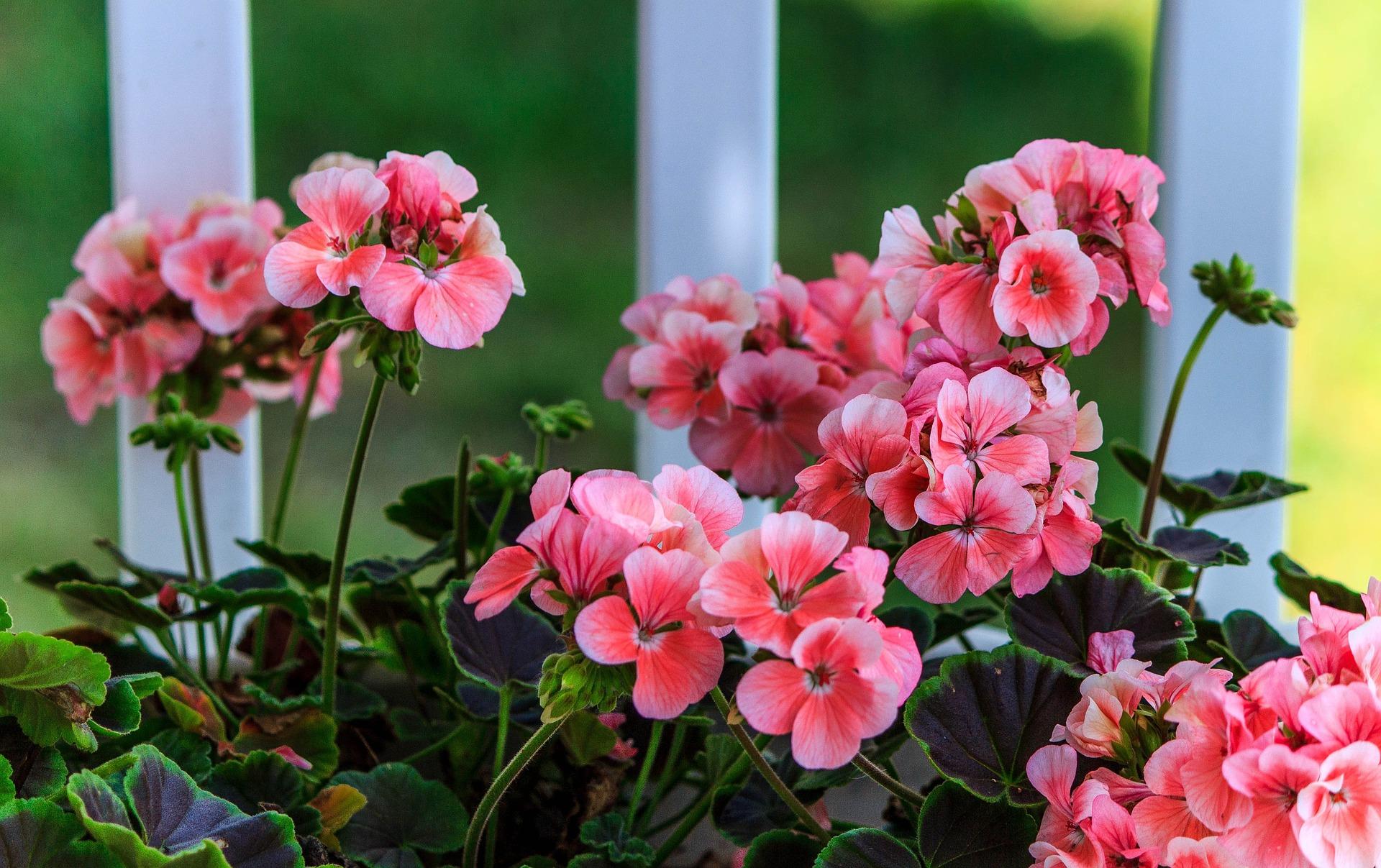You are here
The Special Benefits of Annual Flowers
The Special Benefits of Annual Flowers
By Thomas Christopher
As the days and nights warm, it’s the ideal time to energize the garden with annual flowers. These plants were a home gardener’s staple when I was first learning my horticulture back in the 1970s. Most of what we planted then were bold-flowered annuals such as geraniums, zinnias, and petunias with blossoms in simple hues of primary colors, and we typically arranged then in geometrical masses. This sort of gardening went out of style over the succeeding decades as American gardeners discovered perennial flowers with their more sophisticated appeal. It is only fairly recently that we’ve rediscovered the benefits that annuals can provide when handled with imagination.
And indeed, annuals are a kind of flower that encourages imagination. I learned this from a great horticulturist who I met back in the 1970s and who remains a mentor: Mike Ruggiero. Mike when I first knew him was a gardener at the New York Botanical Garden; he eventually retired as Senior Curator. He was and is expert in nearly every area of the craft, from native plants (he was a pioneer in that) to hybridizing daylilies. One of his enduring enthusiasms, however, was annuals, which he wielded with great originality and style.
In his beds and borders at the Botanical Garden, Mike expanded the definition of an annual. Botanists limit this group to plants that sprout from seed, mature and bear flowers all within the period of one year, or one growing season in our northern climate. Horticulturists have traditionally included as well many tropical and subtropical perennials such as impatiens which grow rapidly enough to bloom during their first summer, but which cannot withstand cold winters and so are not perennial in most of North America.
For Mike, an annual was any plant that enhanced a spring, summer, or fall display and which would not survive a Northeast winter outdoors. He included many plants from the greenhouses such as banana and citrus trees. He wove all of these together with more conventional elements into bold tapestries that made the New York Botanical Garden a place of summertime pilgrimages for a generation of horticulturists.
Mike did have a soft spot for annuals that were sufficiently fast-growing that he could start them each year from seed. Starting from seed greatly increased the diversity of types available to him. Whereas local nurseries might stock only a few cultivars of each species of flower, in mail order catalogues (and later online), Mike could obtain seed of dozens or even hundreds of different types.
Mike also liked that the plants he started from seed required such a small investment of time and money. Creating a perennial flower display typically requires purchasing already-started plants, which are expensive, and then waiting at least three years for the plants to mature. This can make perennial gardeners more cautious in their designing – no one wants to invest hundreds or thousands of dollars and several years of nurturing in a scheme that flops.
In contrast, Mike pointed out, he could buy for a few dollars enough annual seeds to fill a whole bed, and he’d have his display in a matter of weeks. This encourages aesthetic risk taking. Common wisdom, for example, dictates that you shouldn’t combine clashing colors such as purple and orange. Maybe, though, you think that combination might be exciting. Try it with annuals, Mike urged, and if you don’t like the results – here Mike would stomp a boot toe on the ground, indicating the fate of the unwanted plants. After all, he would add, you can plant a different annual display in spring, again in summer, and in fall. Annuals, he maintained, can make a garden breath-taking, and utterly different, several times in a single growing season.
Of course, it’s not necessarily a matter of either/or. Mike also integrated annuals with perennials to inject seasonal variations into the more permanent display.
I had the honor of co-authoring a book with Mike, Annuals with Style, that shared his thinking and experience with this class of plants. It has been out-of-print for a number of years, but is still available inexpensively as used copies online. The cultivars we recommended have been largely superseded by new introductions, but Mike’s advice on cultivation and how to get the most out of annual flowers still hold true. What’s more, his enthusiasm is just as inspiring today as it was back when he was filling the New York Botanical Garden with wild, spectacular annual displays.
Be-a-Better-Gardener is a community service of Berkshire Botanical Garden. Its mission, to provide knowledge of gardening and the environment through a diverse range of classes and programs, informs and inspires thousands of students and visitors each year. Thomas Christopher is a volunteer at Berkshire Botanical Garden and is the author or co-author of more than a dozen books, including Nature into Art and The Gardens of Wave Hill (Timber Press, 2019). He is the 2021 Garden Club of America's National Medalist for Literature, a distinction reserved to recognize those who have left a profound and lasting impact on issues that are most important to the GCA. Christopher’s companion broadcast to this column, Growing Greener, streams on WESUFM.org, Pacifica Radio and NPR and is available at berkshirebotanical.org/growinggreener.
Help Our Garden Grow!
Your donation helps us to educate and inspire visitors of all ages on the art and science of gardening and the preservation of our environment.
All Donations are 100% tax deductible.


